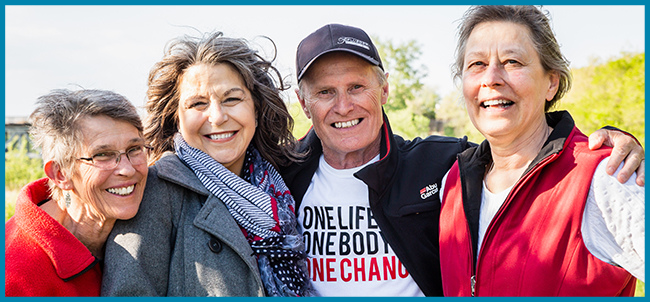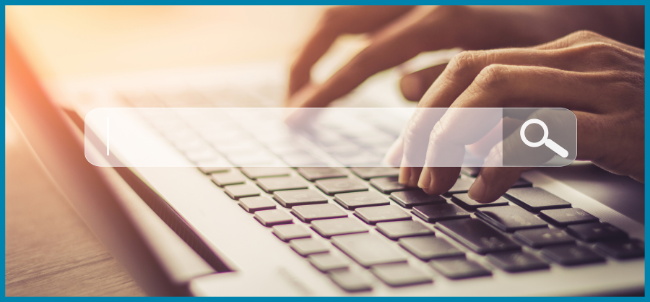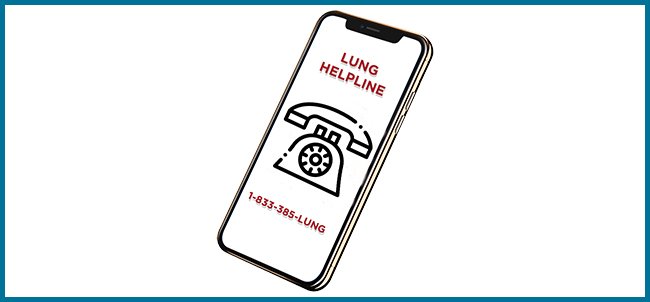CPAP and Other Equipment
The goal of any treatment for sleep apnea is to prevent airway collapse during sleep. There are several devices that can help do this, the most common being Continuous Positive Airway Pressure (CPAP).
CPAP
The primary treatments of OSA is a CPAP machine. This pressure is delivered through tubing and a mask to your airway. The mask is held in place by headgear.
To receive CPAP treatment, a prescription is needed from a doctor, and some provinces require this to be from a Certified Sleep Physician or a sleep doctor. Medical suppliers cannot sell CPAP equipment without a prescription. CPAP machines may be funded with a prescription by your provincial health plan or private insurance or both. They may also be purchased directly through private companies with a prescription.
In Saskatchewan, in order to receive a CPAP device from the Ministry of Health's Saskatchewan Aids to Independent Living program (SAIL), a Certified Sleep Physician must prescribe the CPAP. There is a $275 fee for the loaner CPAP machine. There are specific criteria (PDF Download) to qualify for a SAIL CPAP Device. Please contact SAIL for more details. For any funding concerns, please read this document Saskatchewan CPAP Funding. This document is written for health care providers but can still help you discover options for sleep apnea equipment funding. For further information, please call our Lung Helpline at 1-833-385-LUNG (5864).
Note: Some provinces do not provide public funding for CPAP machines.
How does CPAP work?
The typical fixed pressure CPAP machine delivers a constant flow of air through tubing and a mask to the airway. The stream of air creates pressure. This supports the tissues at the back of the throat so they do not collapse. The amount of pressure applied to the airway by the CPAP machine is prescribed by your sleep doctor, usually after monitoring the effects of treatment during testing at the sleep lab or at home. Once your airway is open, obstructive apnea events and snoring are prevented from happening.

CPAP equipment has improved over the years. Smaller, quieter machines, heated humidity, pressure relief, and automatic CPAP machines are all newer options. There are even travel options available now. Machines now record information about how the therapy is working and many can transmit this information remotely (see Section: Sleep Apnea Management). Most new machines have a ramp feature that starts with a low pressure and slowly increases up to your prescribed pressure. Some may have settings that decrease pressure when you are breathing out so you do not have to work as hard to breathe against the machine. Each CPAP company many have a different name for this feature. The more well-known are EPR (expiratory pressure relief) or FLEX. These features may help you fall asleep easier or decrease the feelings of breathlessness at night.
New light, smaller, and more portable CPAP machines available for easier travel. Some are as powerful as full-sized home units. Talk to your CPAP health professional to see if this is an option for you. More information about travelling and sleep apnea can be read in the Sleep Apnea & Daily Life section of this handbook.
Data Downloads from CPAP or BiPAP
Every year (or more often if suggested by your doctor) you should have your data downloaded to ensure your therapy is working its best. Try to remember to arrange around the time of your annual doctor’s checkup.
Some machines have remote monitoring capabilities or an SD card that can be accessed by your sleep doctor or sleep apnea health professional to see how your mask and machine are working for you.
This information should be downloaded by your sleep apnea health professional within one month after starting or changing therapy. This report is useful to help your sleep apnea health professional recognize issues or concerns regarding your therapy. Private and public sleep apnea health professionals may also offer this service and set you up with remote access for monitoring and therapy adjustments.
Many new digital apps have been developed to help you manage your nightly CPAP or BiPAP information. Manufacturers may have an app to accompany your CPAP machine. The more informed you are about your sleep, the better you will be able to manage your sleep apnea.
Remember: CPAP is a treatment, not a cure. You will feel better only as long as you use it.
Other Devices
Automatic Positive Airway Pressure (APAP)
An APAP is a CPAP machine that automatically adjusts the pressure it delivers according to the person’s need. A high- and a low-pressure limit are set and the machine varies the pressure between those two points. For example, the pressure required to keep an airway open may be greater when lying on your back. This may be more comfortable for some patients. These machines will also record the pressures used and other variables such as mask leaks etc. This information can be downloaded or transmitted wirelessly to help the sleep doctor decide the correct pressure to prescribe. APAP’s are not a good fit for all people with sleep apnea. Some heart and neurological diseases or presence of hypoventilation may limit the use of an APAP as a therapy option. Your sleep doctor will help determine which therapy is best.
Bilevel Positive Airway Pressure (BiPAP)
BiPAP machines are positive airway pressure machines that change the level of pressure when you are breathing out. Unlike CPAP, which uses only one pressure level, BiPAP uses two different pressures; generally a higher pressure for breathing in and a lower pressure for breathing out. These are often prescribed to patients with severe sleep apnea or other sleep breathing disorders and can help maintain a consistent breathing pattern.
Adaptive Servo Ventilation
This device is primarily used for people experiencing Central Sleep Apnea. Similar to a CPAP but it adjusts the pressure levels based on an algorithm. This is a very sophisticated type of device, which is useful in certain types of central sleep apnea. Please do not purchase these units privately (online or via a local vendor) without consulting with your sleep doctor.
Oral Appliances (Dental appliance)
Your doctor may suggest an oral appliance to treat mild or moderate OSA. The dentist will prescribe an oral appliance made to fit over your teeth. The appliance is worn at night to hold the tongue in place and jaw in a forward position so it doesn’t slip back and block your airway. These are available in either a fixed or adjustable type. The adjustable appliance is the preferred choice because it allows for adjustments forward and back, customizing the treatment for you. To get fitted for an appliance, you should see a dentist that has experience in fitting these devices. Your dentist should work with your sleep doctor to choose the model that’s right for you.
Remember: whether you use CPAP or a dental appliance, the treatment will only work if you use it every night.
Points to consider:
- Do not purchase over-the-counter models. These devices need to be prescribed and manufactured based on your specific needs and only after a consultation with a dentist with sleep medicine expertise
- Your sleep doctor and dentist should work together to decide what treatment is best for you and how to monitor its effectiveness.
- There are more than 80 dental appliances available.
- This treatment is not recommended for people with severe obstructive sleep apnea, central or mixed sleep apnea
- A follow-up sleep study might be scheduled after you use the appliance. This will show whether the oral appliance is effective in treating your OSA.
- Some people have jaw pain and temporary chewing problems as they get used to wearing such an appliance. If your appliance isn’t comfortable, talk to your dentist. It’s important that you have an appliance that’s comfortable enough to wear every night.





